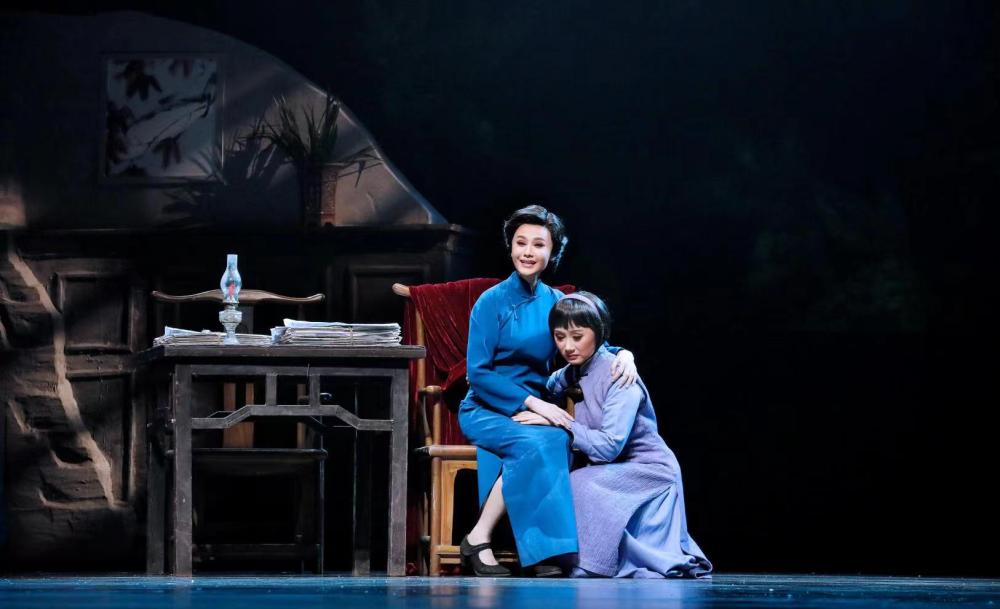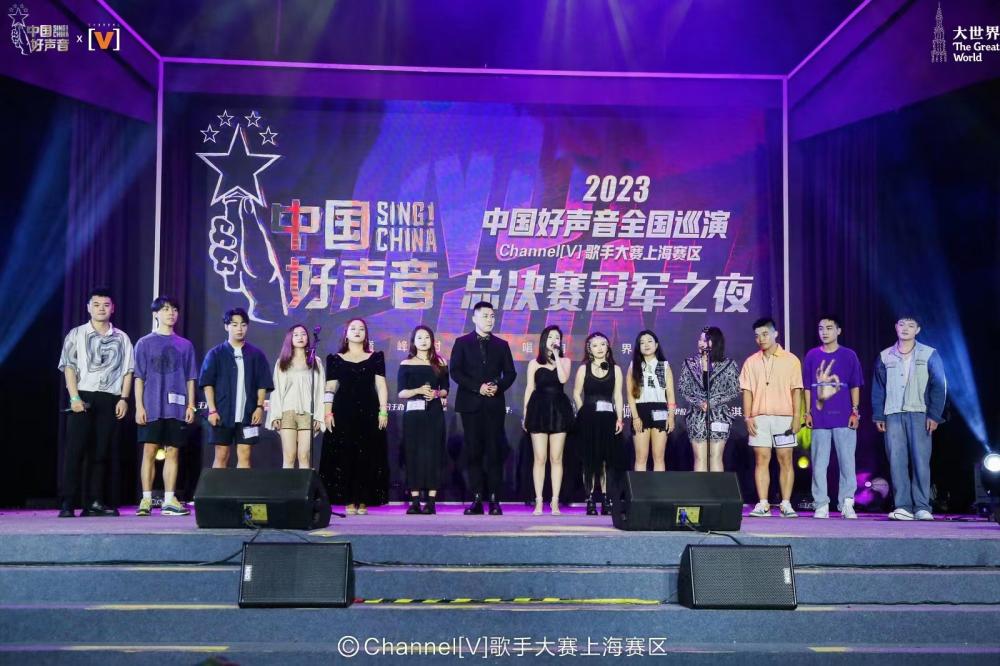Walking and stopping at the Jin Temple, the sky is just right
one
In the mid spring of Guimao, I finally walked into the long cherished Taiyuan Jin Temple. "The victories of the Three Jin Dynasties, with Jinyang being the most prominent, are all attributed to the Jin Temple." The description in Liu Dapeng's "Records of the Jin Temple" during the Qing Dynasty vividly highlights the brilliance of the Jin Temple.
There is a legend about the Jin Temple. King Cheng of Zhou ascended the throne in his childhood, and as a young master, his childlike heart naturally lingered. One day, while playing with his younger brother Ji Yu in the palace, he found a paulownia leaf and cut it into a jade pendant shape, saying to Ji Yu, "I will use it to crown you king." Ji Yu was thus granted the title of Ancient Tang, known as Tang Shuyu in history. There is a record in "L ü Shi Chun Qiu" and "Shi Ji" that "Tong Ye Feng Di" is not a fabricated gossip. Tang Shuyu's son Ji Xie later moved to Jinyang and discovered the Jin River, which was the mother river of the city-state. Therefore, he changed the country's name to Jin. Later on, the State of Jin became one of the Five Hegemons of the Spring and Autumn Period; Even though the three families were divided into Jin, Han, Zhao, and Wei were all included in the Seven Heroes of the Warring States period. A moment of glory, how remarkable!
I still remember in the late 1980s, through an interview, I met Yang Yanjin, a young director from Shanxi and a prominent figure in the film industry at that time at Shanghai Film Studio, and later became friends. Yang found out that I like mountains, rivers, scenery, history, and culture. Once he said to me, "You should go to my hometown Jin Temple to see."
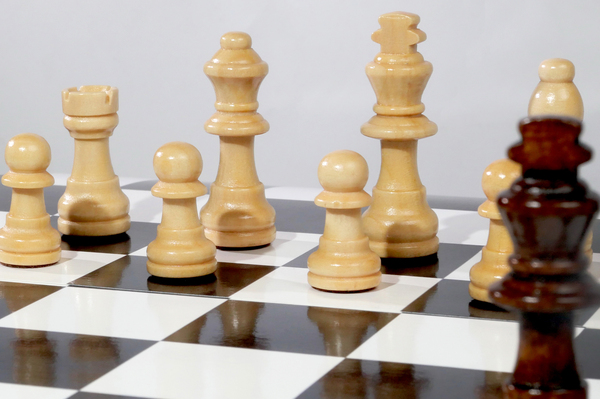
This seemingly casual sentence has been etched in my heart for many years. This spring, my Shanxi friends Lao Yang and Lao Guo invited me to Datong City. After completing my official duties, I had my first visit to the Jin Temple.
The flowing water of Jin Temple is like jade. Photos from Xinhua News Agency
two
Arriving at the Huiyuan Gate of the Jin Temple, there is a Jin ancestral temple and royal garden that has weathered more than two thousand years of wind and rain. The ancient trees towering above the red wall, the halls and towers, and the upturned eaves make it particularly charming in the warm sun.
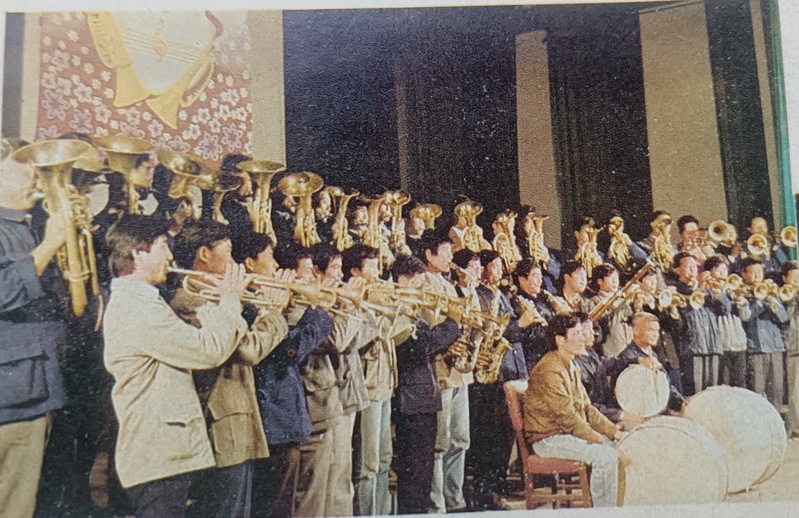
Passing through the vermilion mountain gate, the beauty of Jin Temple architecture is overwhelming: amidst the swaying ancient trees and the reflection of streams and ponds, each ancient building is filled with the aura of thousands of years of sedimentation. The first scenic spot on the route is called Shuijingtai, an ancient stage built in the Ming Dynasty. It integrates four architectural styles: building, platform, hall and pavilion. The front is a single eaved ound ridge roof roof, and the rear is a double eaved mountain top with sparse corridors around. The water mirror stage has a magnificent design, exquisite carving and painting, facing the main hall, as if constantly reminding you that the performances on stage are dedicated to the owner of the Jin Temple. It is said that the Water Mirror Platform is actually composed of two parts spliced together, one half built in the Ming Dynasty and the other half built in the Qing Dynasty.
To the west of Shuijingtai is Zhibo Canal. Passing through the Huixian Bridge, there are two rows ahead: the Jinren Terrace and the Duiyue Square. The first thing that catches the eye is the Ming Dynasty glazed pavilion with three colors of red, green, and yellow on the Golden Terrace. There are four iron figures standing around the platform, all holding their arms high, showing their dignity. Why are these four iron figures called Jin people? Originally, iron was called because it belonged to hardware. The iron man in the southwest corner was cast in the fourth year of the Shaosheng reign of the Northern Song Dynasty. There is an inscription mark on its chest, which is well preserved. I asked the tour guide, what was the name of the gold casting person back then? The answer is, the Jin Temple is located at the source of the Jin River and is designed to prevent water damage. Therefore, it is controlled by the Golden God. This statement can be seen in the Taiyuan County Annals, which also reflects the simple cognition of our ancestors.
The scenery of Jin Temple. Photos from Xinhua News Agency
three

The core scenic areas of Jinci Temple are Xiandian, Yunuo Feiliang, and Shengmu Temple. The core scenic area naturally has a rich background and numerous stories.
First, let's talk about the fish swamp flying beam. It is located between the Hall of Our Lady and the Hall of Sacrifice, with two crisscrossing bridges on top of the square pool. When viewed from the air, it forms a cross shape, like a great Peng spreading its wings; There are 34 neutral stone columns in the pool, with the column heads connected to the Pu Bai Fang. A large bucket is placed on top, and a cross shaped arch is placed on the bucket to support the beam Fang. The fish swamp flying beam was built in the Song Dynasty and has a unique design. It is the only ancient stone wood structure cross shaped bridge in China that still exists, and has high scientific, artistic, and research value in the history of ancient bridge architecture around the world. Liang Sicheng once praised, "This style of stone bridge construction is occasionally seen in ancient paintings, and this is the only example of a real object. It is truly precious."
The fish swamp flying beam in front of the Temple of Our Lady. Photo by Hong Weicheng
The Jin Temple is an intensive carrier of ancient Chinese wooden architecture, with a clear evolution and a complete and well preserved chronological sequence. The Tang Shuyu Temple, the Hall of Our Lady, the Hall of Offering, and other ancient buildings are all tangible samples that can be traced back to the historical inheritance of the Three Jin Dynasties from the enfeoffment of Tang and Jianjin in the Western Zhou Dynasty to the creation of the Three Jin Dynasties in the Tang and Song Dynasties. They are unique and precious.
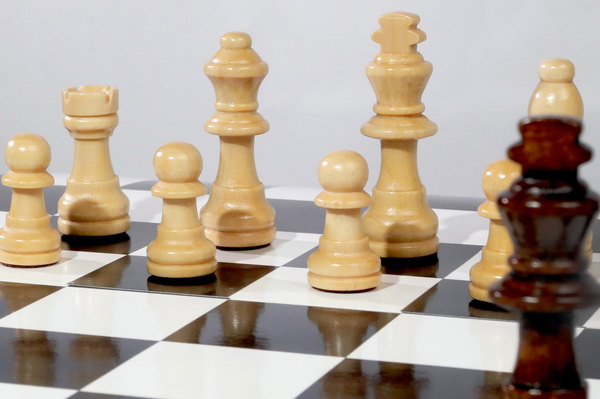
The specific era in which the Jin Ci Temple first appeared is unknown, but it is recorded that the grand Hall of Our Lady was built by Emperor Renzong Zhao Zhen during the Tian Sheng period of the Song Dynasty, who posthumously honored Tang Shuyu as the Fendong Queen and built it for Jiang, the mother of Tang Shuyu. During the reign of Emperor Huizong of Song in Chongning, the Temple of Our Lady was rebuilt and given the name "Ci Temple". In the eighth year of the Zhenghe reign, a pair of cast iron lions were cast in front of a flying beam in the fishpond. In the eighth year of Jin Dading, a sacrificial hall was added to the east of Feiliang, dedicated to offering sacrifices to the Holy Mother and Child. The layout of the Temple of Our Lady of Jin was basically established from this.
Liang Sicheng and Lin Huiyin were the first to discover the Jin Temple and establish its historical and cultural status in academia. In 1934, Liang Lin and his wife went to Jin to carry out a rescue investigation of ancient buildings. They accidentally passed by the Jin Temple at the foot of the Xuanweng Mountain, and after a stunning glance, they determined that the Jin Temple in front of them was a true "historical relic" that had not been artificially altered. After completing their academic investigation in Fenyang, the two of them went straight to Taiyuan without unloading their bags and conducted research on the Jin Temple. The following year, they published a lengthy inspection report titled "Preliminary Survey of Jin Fen Ancient Architecture", which made the Jin Temple a model sample of the "Construction Methods" issued by the Song Dynasty in China and a physical existence that has been passed down through generations of Chinese culture, and immediately shocked the world.
Connected to the fish pond flying beam is the Temple of Our Lady. The Temple of Our Lady, with a width of seven rooms and a depth of six rooms, adopts the construction technique of "three pillars for the six rafters of the breasts" for its beams; Including the "column rise" and "column side corners" of the main hall, they are the only examples of existing ancient buildings in China that conform to the hall style structure of the "Construction Method"; The arch of wooden architecture color paintings in the hall are also basically consistent with the record of "multicolored decoration" in Volume 34 of "Zao Fa Shi".
The Song Dynasty statue inside the Hall of Our Lady of Jin Temple. Photos from Xinhua News Agency

The Notre Dame Hall is the main hall of the entire temple, and the surrounding corridors of the main hall are the earliest example of the "secondary staircase" in existing ancient architecture in China. The eight pillars in the front porch and the wooden carved dragon are also the earliest surviving wooden dragon palace pillars from the Song Dynasty in China. The pillar carving of Panlong Temple was created in the second year of Yuanyou in the Song Dynasty. Eight dragons each hold a temple pillar, with scales, armor, beards, angry eyes, and sharp claws. The wind around them emanates from the clouds, and they soar into the air, creating a very vivid appearance. There are no pillars in the hall, and a panel door is installed in the center of the hall, with straight window frames installed between the two ends. The surrounding pillars tilt inward slightly to form a "side angle", while the corner pillars increase to create a "rise". The roof of the hall is covered with cylindrical tiles and trimmed with yellow and green glazed edges, with a balanced and exquisite color. The entire hall is solemn and magnificent, undoubtedly a masterpiece of the Song Dynasty wooden structure hall architecture.
Looking at the painted sculptures of the Holy Mother's Temple, also known as the "Three Wonders of Jin Temple". In the center of the main hall and inside the curtain, Yi Jiang wore a phoenix crown and sat cross legged, with one hand on his chest and the other on his legs. The python robe hung down from the knees below the seat, with a peaceful and dignified expression. It is a precious material for studying the sculpture art and clothing styles of the Song Dynasty. The attendants on both sides play, some sweep, some serve food and drink, and some serve the daily life, each performing their own duties and achieving their own goals. The guide asked us to carefully observe the subtle changes in the facial expressions of these maids. Do some people have expressions of boredom, resentment, and oppression? In the deep palace, there is almost confinement, how can there be no resentment.
The painted sculptures of the Temple of Our Lady are precious materials for studying the sculpture art and clothing styles of the Song Dynasty. Photo by Hong Weicheng
The other two wonders of the Jin Temple are Zhou Bai, Tang Huai, and Nan Lao Quan. Zhou Bai and Tang Huai are representatives of the millennium old trees in the Jin Temple. Zhou Bai, also known as "Qi Nian Bai," is said to have been planted during the Zhou Dynasty. Originally, there were two plants, but now only this one remains. Despite experiencing more than two thousand years of wind, frost, rain, and snow, the tree has tilted southward at nearly 40 degrees, but it is still lush and vibrant. Tang Huai is a locust tree planted in the Tang Dynasty, located in front of Shuijing Terrace. It is the most lush among the ancient trees in the Jin Temple. In spring and summer, the trees are lush and cover the sky and sun.
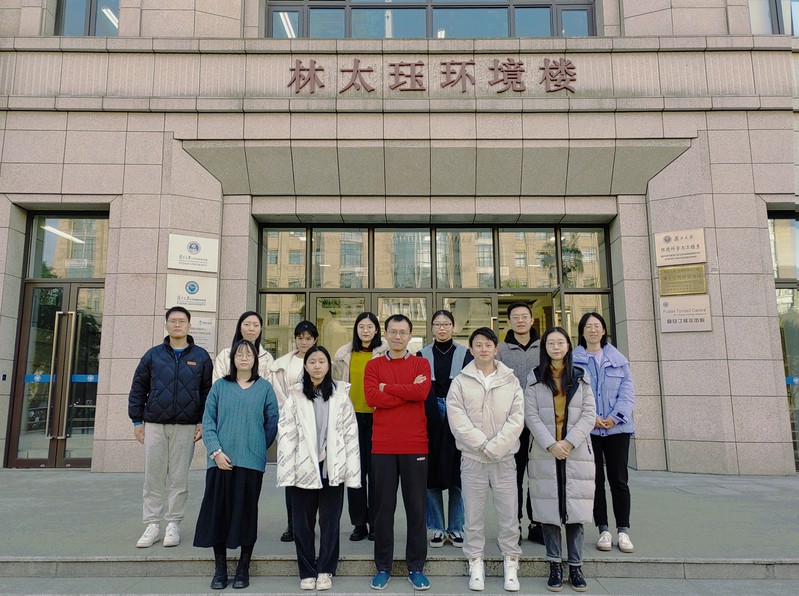
The Nanlao Spring originates from broken rock layers and is filled with water all year round. During the Northern Qi Dynasty, someone named it "Nanlao Spring" based on the line "Yongxi Nanlao" in the Book of Songs, Lu Song. There is a pavilion on the spring, where the three characters "Difficult Old Spring" written by Qing Dynasty scholar Fu Shan hang. Lao Yang and Lao Guo have repeatedly introduced Fu Shan to me, calling him a remarkable figure in the late Ming and early Qing dynasties, the cultural banner of the Three Jin Dynasties, and the reverence of later generations for his academic integrity. When Li Bai came to Nanlaoquan, he once praised and said, "The flowing water of Jin Temple is like jade.". Although there are three sources of Jinshui, namely Shanli Spring, Yunuo Spring, and Nanlao Spring, Nanlao Spring is the main spring among the three springs, and the source of Jinshui flows out from here continuously for years.
Wooden carved coiled dragon. Photos from Xinhua News Agency
four
The buildings of Jin Temple are mostly built along the mountain, with a symmetrical layout. To the north of the central axis, there are Tang Shuyu Temple, Haotian God Temple, Dongyue Temple, Waiting for Phoenix Pavilion, Wenchang Palace, etc., arranged in an intricate pattern, with towering towers and towers winning; To the south of the central axis, there are Shengying Tower, Jellyfish Tower, Nanlaoquan Pavilion, Zhenqu Pavilion, Gongshuizi Temple, Jinxi Academy, etc., scattered with green trees. They change with the seasons, the stars move around, and have gone through the vicissitudes of time, witnessing the ups and downs of the times. The annual rings are clear, the sequence is orderly, and they remain silent until today.
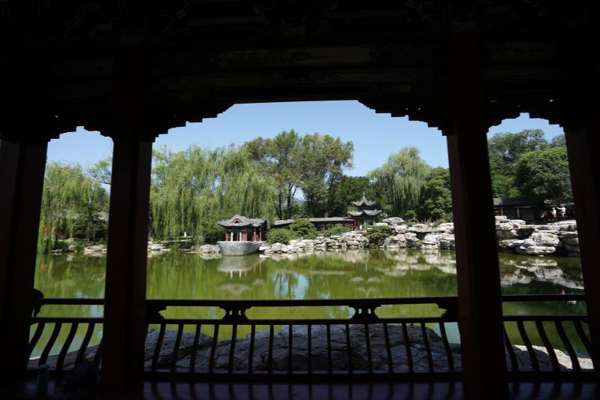
Taking advantage of the favorable weather, we walked and stopped all the way at Jinci Temple. Crossing the door, passing through the corridor, strolling through it, gazing at the red walls and green tiles, admiring the blooming peaches and plums, and the blooming willows... Everything here is imbued with the poetry of our ancestors, embodying the charm of time.
